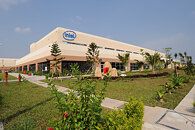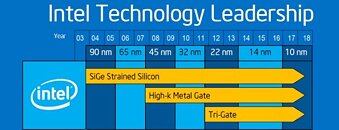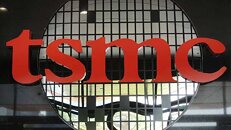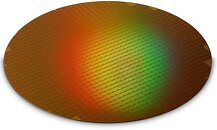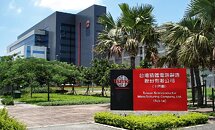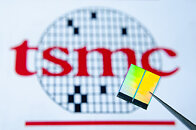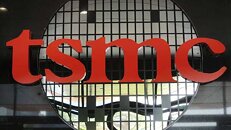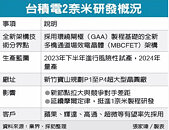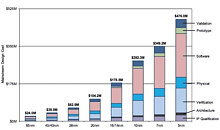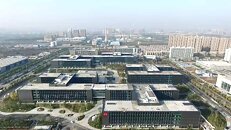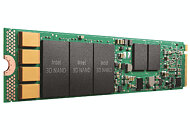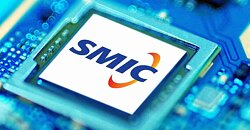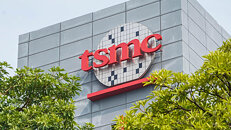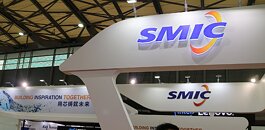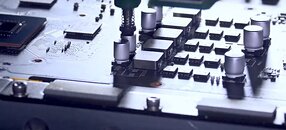
Apple is Reportedly Working with TSMC on a Special Micro OLED Panel Technology
OLED panes are expertise areas of display makers such as LG and Samsung, however, when it comes to Apple, they have to rely on external manufacturers to make a display. For years Apple has been contracting LG and Samsung to make the display for iPhones and Macs, but it looks like Apple is now collaborating with another firm to develop micro OLED technology. According to sources over at Nikkei Asia, Apple is collaborating with Taiwan Semiconductor Manufacturing Company (TSMC) to develop "ultra-advanced display technology at a secretive facility in Taiwan". Despite TSMC not being the traditional choice for panel manufacturing, there is a list of reasons why Apple chose its years-long partner to work with.
TSMC is known for manufacturing silicon chips, however, Apple envisions that the Taiwan maker will manufacture ultra-advanced micro OLED technology using wafers. Building the displays using wafers will result in much lower power consumption and far lower size. Why is this approach necessary you might wonder? Well, Apple is developing a new generation of AR glasses and there needs to be a solid display technology for them to exist. It is reported that the new micro OLED displays are under development and are about one inch in diameter. The source also adds that this is just one out of two projects being worked on inside of Apple's secretive labs located in the Taiwanese city of Taoyuan. What is the other project remains a mystery, however, with more time we could get information on that as well.
TSMC is known for manufacturing silicon chips, however, Apple envisions that the Taiwan maker will manufacture ultra-advanced micro OLED technology using wafers. Building the displays using wafers will result in much lower power consumption and far lower size. Why is this approach necessary you might wonder? Well, Apple is developing a new generation of AR glasses and there needs to be a solid display technology for them to exist. It is reported that the new micro OLED displays are under development and are about one inch in diameter. The source also adds that this is just one out of two projects being worked on inside of Apple's secretive labs located in the Taiwanese city of Taoyuan. What is the other project remains a mystery, however, with more time we could get information on that as well.



